International Computer and Information Literacy Study
The International Computer and Information Literacy Study (ICILS) study assesses information and communications technology (I.C.T.) knowledge of students and teachers worldwide. This test was created by the International Association for the Evaluation of Educational Achievement (IEA) in June 2010. There have been two cycles of the study: ICILS 2013 and ICILS 2018.
The first survey was conducted in 2013 and the results were released 3 March 2015.[1] The test assessed computer and literacy skills of 60,000 8th grade students (average 13.5 years old) from 21 education systems worldwide.[2] 18 of the 21 tested education systems had in place policies concerning the use of ICT in education.[2]
The second cycle of the study was conducted in 2018, the results of which were released on 5 November 2019.
The third cycle of the study, ICILS 2023 was officially launched at the 2018 IEA General Assembly Meeting.[3]
Assessment
The study was assessed through 4 levels:[4]
- Knowledge of basic software
- Basic use of computers as information source
- Sufficient knowledge and skills of ICT for information gathering and use
- Critical thinking while searching for information online
ICILS 2013 results
ICILS 2013 found that only 2% of students use their critical thinking and teachers lack confidence in teaching essential ICT skills.’[2]
83% of the student population achieved Level 1 status, while 2% of the population achieved Level 4 status. The study found that students use computers 87% of the time at home, more than they do in school, 54% of the time. ICILS has shown that in school, students use 45% of their time to prepare essays, 44% to prepare presentations, 40% working with other students at the same school, 39% completing school exercises and 30% organizing time and work. At home, students use 75% of their time communicating with others using messaging or social network, 52% searching for information for study or school work, 49% posting comments to online profiles or blogs and 48% using voice chat.[4]
Fewer than half the teachers felt that they were capable of carrying out more complex tasks,[2] such as installing software, collaborating with others and taking part in discussion forums.[4]
The results of ICILS 2018 were released on 5 November 2019.[5]
Participating education systems
ICILS 2013
 Buenos Aires, Argentina
Buenos Aires, Argentina.svg.png.webp) Australia
Australia Chile
Chile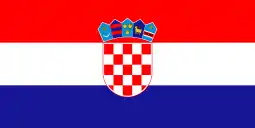 Croatia
Croatia Czech Republic
Czech Republic Denmark
Denmark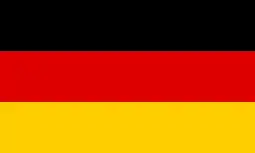 Germany
Germany Hong Kong
Hong Kong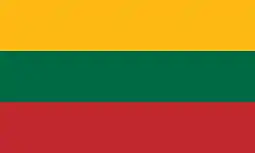 Lithuania
Lithuania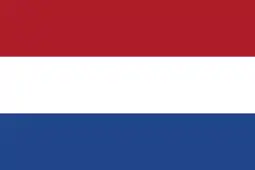 Netherlands
Netherlands Norway (grade 9 only)
Norway (grade 9 only).svg.png.webp) Newfoundland and Labrador and Ontario, Canada
Newfoundland and Labrador and Ontario, Canada Poland
Poland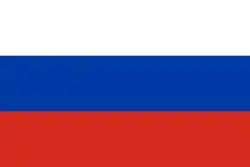 Russian Federation
Russian Federation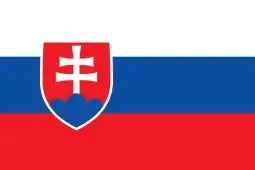 Slovak Republic
Slovak Republic Slovenia
Slovenia.svg.png.webp) South Korea
South Korea Switzerland
Switzerland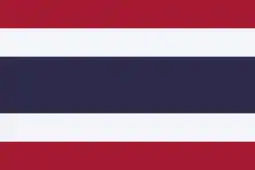 Thailand
Thailand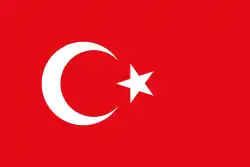 Turkey
Turkey
ICILS 2018
 Chile
Chile Denmark
Denmark Finland
Finland France
France Germany
Germany Italy
Italy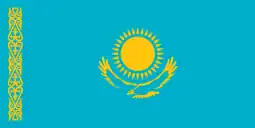 Kazakhstan
Kazakhstan.svg.png.webp) South Korea
South Korea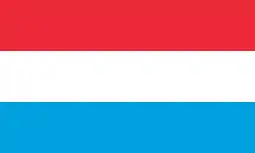 Luxembourg
Luxembourg Portugal
Portugal Moscow, Russia
Moscow, Russia Uruguay
Uruguay United States
United States
References
- "IEA: ICILS 2013". Iea.nl. Retrieved 2014-12-19.
- "PRESS RELEASE" (PDF). Iea.nl. 5 December 2014. Retrieved 2014-12-19.
- "ICILS 2023 | IEA". www.iea.nl. Retrieved 2019-07-15.
- "Students in the digital Age" (PDF). Iea.nl. Retrieved 2015-03-03.
- "ICILS 2018 | IEA". www.iea.nl. Retrieved 2019-07-15.